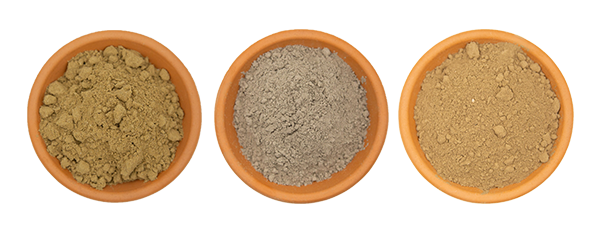Bugs For Bugs Hypoaspis | Treats Fungus Gnats Shore Flies Thrips
IN STOCK
POSTAGE APPLIES
Pick up at store Not Available
In-store pickup not available.
Delivery Options:
If cart total is less than $499*
Freight applies
If cart total is $499* & above
Freight applies
*This item is bullky so freight applies.
International shipping
Click hereSECURE PAYMENTS WITH

BUY NOW, PAY LATER
Pay in 4, interest-free. Afterpay it.

ZIP NOW, PAY LATER
Repay on a convenient weekly, fortnightly or monthly schedule.

ENJOY NOW, PAY LATER





A hardy and fast moving predatory mite that feeds on poultry mites (chicken mites). Supplied in 1L tubs containing 20,000 mites (all stages).
Poultry mites (chicken mites) are parasites of chickens that breed up rapidly under warm, humid conditions.They cause the birds great distress and are also able to bite humans.
Hypoaspis are robust predatory mites that feed on a wide range of soft-bodied organisms. Reports from users in Australia and elsewhere indicate that Hypoaspis can be very useful in the battle against poultry mites.
Target pests
- Poultry mites (chicken mites)
Advantages
- A robust predatory mite
- Quick and easy to use
- A far better option than chemicals
Recommended release rates
We recommend an initial preventative release at propagation/planting, followed by a second release 2 weeks later.
Release rates will vary depending on the crop and level of infestation. The table below provides a guide to preventative release rates. Higher rates may be required for curative treatments. Contact us for specific recommendations.
| Situation | Preventative rate (per release) |
|---|---|
| Greenhouse crops | 50 mites/m2 |
| Bedding plants | 100 mites/m2 |
| Seedlings/cutting at propagation | 500 mites/m2 |
| 150 mm pots | 50 mites/pot (Approximately 1/2 teaspoon carrier medium/pot) |
Unlike chemicals, when it comes to beneficials, more is always better. However, they are costly to produce and our goal is to achieve the best results at minimal expense. There are many factors to consider, including the value of the crop, the severity of the pest outbreak and the activity (or otherwise) of naturally occurring beneficial species.
As a general rule, 2-3 releases of modest numbers is better than a single large release. This reduces risk, improves establishment and accelerates the development of multiple overlapping generations. In most cases our releases are inoculative and we anticipate that our beneficials will establish and breed up within the crop to give long term control.
When to release
Release Hypoaspis mites early in the season at the first hint of chicken mite activity. If chicken mites have been present in the past then release pro-actively in early-mid Spring. We suggest monthly releases until there are no signs of chicken mite activity.
How to release
Hypoaspis mites are packed in cardboard tubs containing a mixture of sawdust, cocoa peat and vermiculite. They should be released as soon as possible after delivery. If necessary, tubs can be stored for several days at 10-18°C.
Ensure that the content of the tubs is well mixed immediately prior to release. You may apply the Hypoaspis mite mix directly onto the floor of the chicken pen and into crevices. Concentrate material in and around nesting boxes. Hypoaspis mites will not cause harm to chickens or humans.
Hygiene
Keep your chicken coop clean and change bedding material regularly (especially in nesting boxes).Try to ensure the humidity is managed by reducing the opportunity for rain to enter.
Chemical use
Some chemical products are highly toxic to Hypoaspis mites. We strongly suggest that you avoid pesticides in your chicken coop.
In The Box
- [1] x Bugs For Bugs Hypoaspis - 20000 mites | Treats Fungus Gnats Shore Flies Thrips








 Calculate shipping
Calculate shipping







